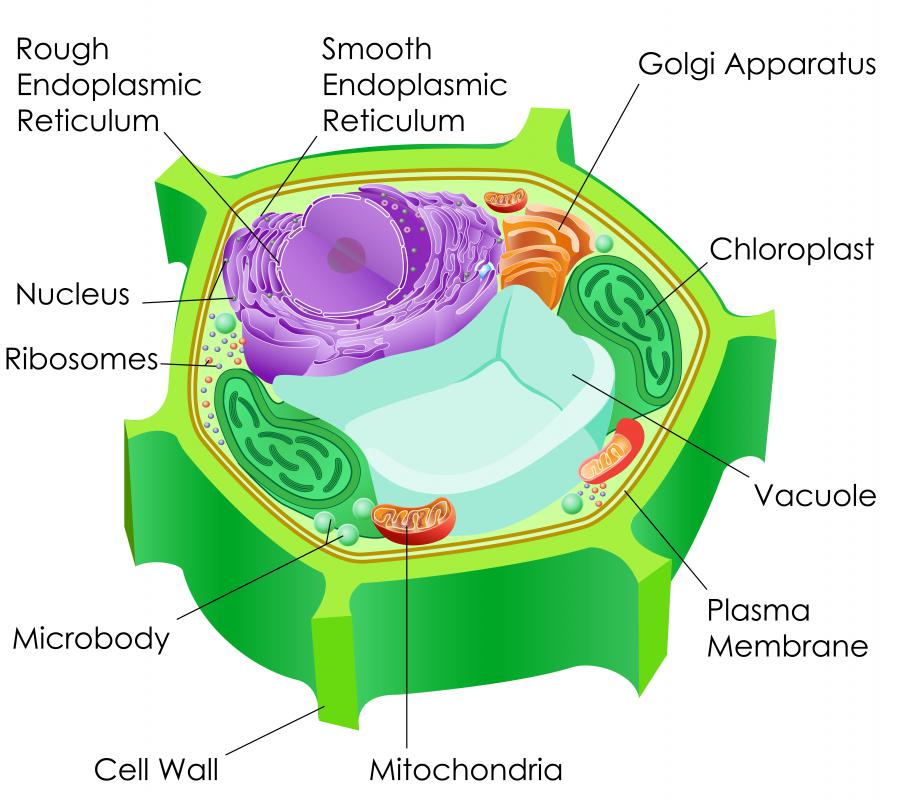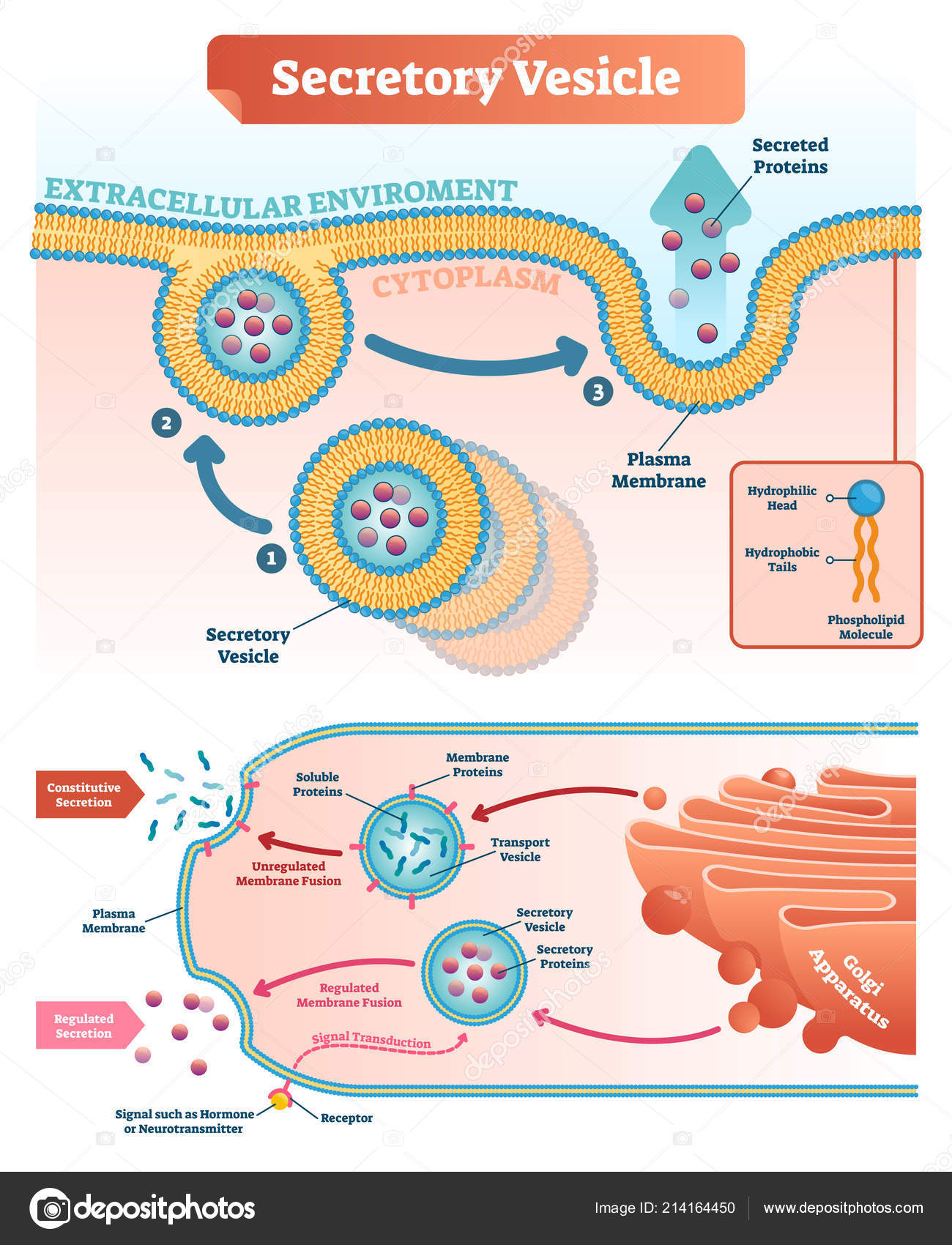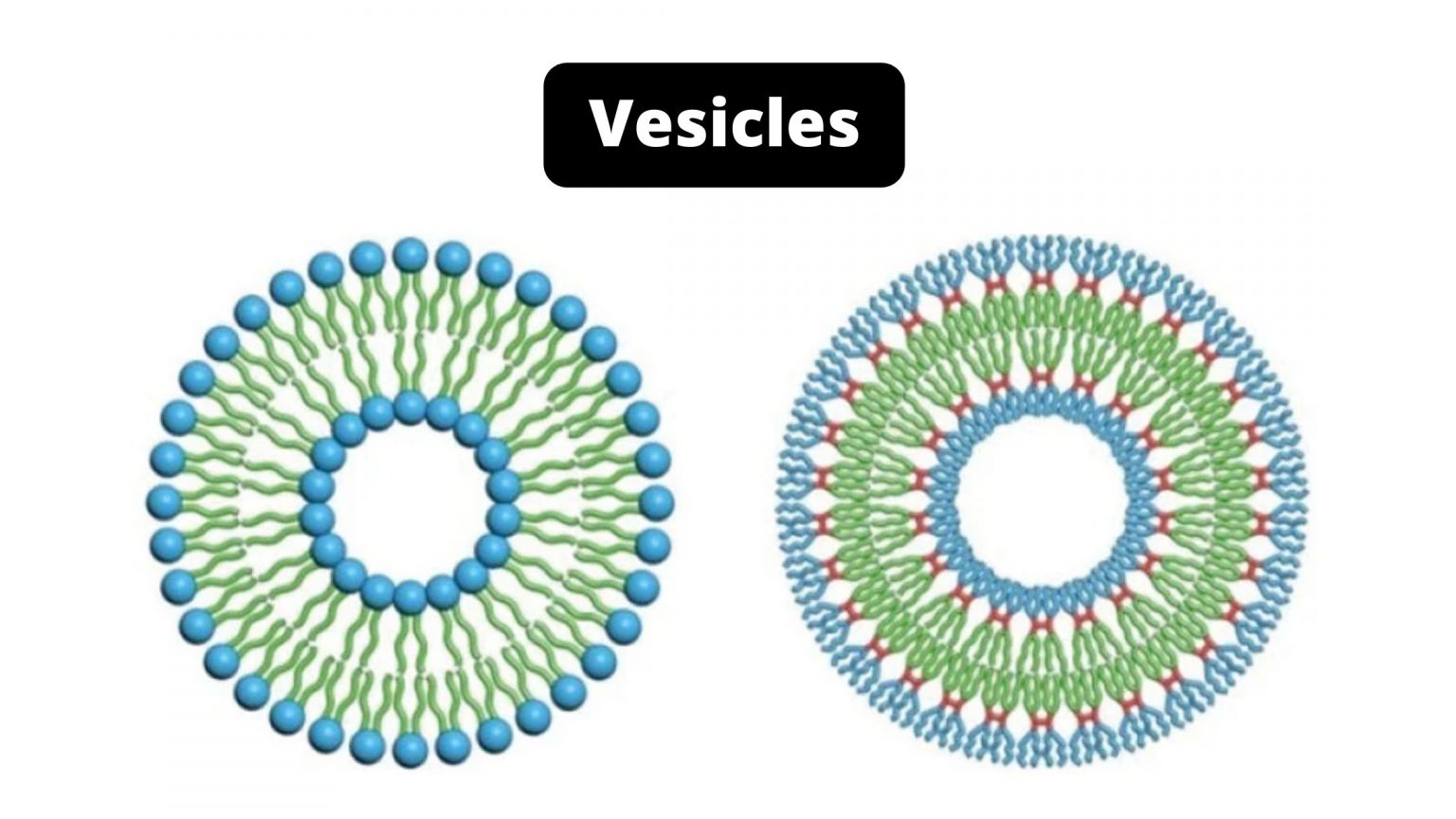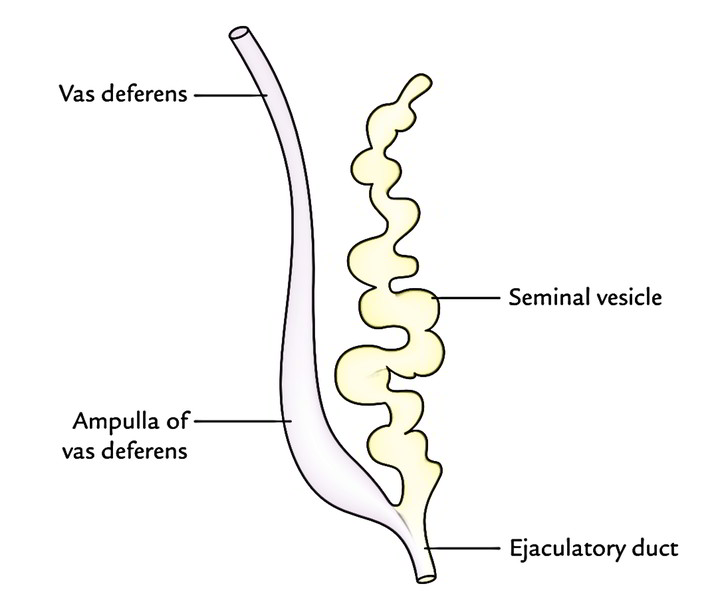Vesicles Drawing, Web a vesicle consists of fluid enclosed by a lipid bilayer.
Vesicles Drawing - Web in cell biology, a vesicle is a structure within or outside a cell, consisting of liquid or cytoplasm enclosed by a lipid bilayer. The membrane enclosing the vesicle is also a lamellar phase, similar to that of the plasma membrane. Alternatively, they may be prepared artificially, in which case they are called liposomes. Click the info button at the top right corner to find more tutorials, quiz questions and an interactive drawing pad!. Web learn how transport vesicles form and fuse with their target membranes. Web a synthetic vesicle, called a liposome, can be created by mixing phospholipid molecules in an aqueous environment. They are needed for every system of the body. Vesicles form naturally during the processes of secretion ( exocytosis ), uptake ( endocytosis ), and the transport of materials within the plasma membrane. Web in this short tutorial, learn how to draw an endosome fusing with a lysosome. Definition, structure & function (with analogy & diagram) updated june 24, 2019. The small, spherical compartment of vesicles is separated from the cytosol by at least one lipid bilayer. Click the info button at the top right corner to find more tutorials, quiz questions and an interactive drawing pad!. Does the er become smaller and smaller every time? The space inside the vesicle can be. An overview of prokaryotic & eukaryotic cells. An overview of prokaryotic & eukaryotic cells. Web a vesicle is a small structure within a cell, consisting of fluid enclosed by a lipid bilayer. They can contain either liquids or gases and have a wide range of functions in cells across the living world from regulating buoyancy to secreting hormones. The space inside the vesicle can be. No covalent. Vesicles form naturally during the processes of secretion ( exocytosis ), uptake ( endocytosis ), and the transport of materials within the plasma membrane. Web vesicles are important for the survival of both prokaryotic and eukaryotic cells. They essentially help clean up and recycle cellular debris and wastes. Vesicles form naturally during the processes of secretion (exocytosis), uptake (phagocytosis) and. Web extremely important for the movement of material within cells, vesicles are formed by membrane budding from organelles such as the endoplasmic reticulum and golgi complex, and can be moved along cytoskeletal elements by motor proteins. The small, spherical compartment of vesicles is separated from the cytosol by at least one lipid bilayer. Web we describe a general vesicle modeling. The researchers conclude that the introduction of ru atoms plays a critical role in the curling growth. Definition, structure & function (with analogy & diagram) updated june 24, 2019. We also discuss how vesicles interact with other cells and pathogens. An overview of prokaryotic & eukaryotic cells. Web in cell biology, a vesicle is a structure within or outside a. Certain functions are specified for each type of vesicle and are crucial for the cells. Web in this short tutorial, learn how to draw an endosome fusing with a lysosome. Web we describe a general vesicle modeling tool that has been designed for wide application to a variety of cell models, implemented within our software stochastic engine for pathway simulation.. An overview of prokaryotic & eukaryotic cells. Web extremely important for the movement of material within cells, vesicles are formed by membrane budding from organelles such as the endoplasmic reticulum and golgi complex, and can be moved along cytoskeletal elements by motor proteins. A vesicle is a small structure within a cell, consisting of fluid enclosed by a lipid bilayer.. An overview of prokaryotic & eukaryotic cells. An animal cell is a eukaryotic cell that lacks a cell wall, and it is enclosed by the plasma membrane. Web vesicles are important for the survival of both prokaryotic and eukaryotic cells. Vesicles form naturally during the processes of secretion ( exocytosis ), uptake ( endocytosis ), and the transport of materials. Vesicles form naturally during the processes of secretion (exocytosis), uptake (phagocytosis) and transport of materials within the cytoplasm. The space inside the vesicle can be. Web vesicles perform a wide range of functions within cells, such as the transport of proteins and lipids between the different parts of a cell. The small, spherical compartment of vesicles is separated from the. Vacuoles are somewhat larger than vesicles, and the membrane of a vacuole does not fuse with the membranes of other cellular components. Does it grow to keep up with how much of its membrane is lost? An animal cell is a eukaryotic cell that lacks a cell wall, and it is enclosed by the plasma membrane. Each vesicle is coated. The researchers conclude that the introduction of ru atoms plays a critical role in the curling growth. Vesicles form naturally during the processes of secretion (exocytosis), uptake (phagocytosis) and transport of materials within the cytoplasm. Alternatively, they may be prepared artificially, in which case they are called liposomes. The membrane enclosing the vesicle is also a lamellar phase, similar to that of the plasma membrane. Web we describe a general vesicle modeling tool that has been designed for wide application to a variety of cell models, implemented within our software stochastic engine for pathway simulation. Web a vesicle consists of fluid enclosed by a lipid bilayer. As you've learned already, cells are the basic unit of life. The cell organelles are enclosed by the plasma membrane including the cell nucleus. Does it grow to keep up with how much of its membrane is lost? An animal cell is a eukaryotic cell that lacks a cell wall, and it is enclosed by the plasma membrane. This article outlines some fundamental properties of vesicles, then goes on to discuss them in a biological context. Each organelle carries out a specific function in the cell. Web a synthetic vesicle, called a liposome, can be created by mixing phospholipid molecules in an aqueous environment. They are needed for every system of the body. We also discuss how vesicles interact with other cells and pathogens. They essentially help clean up and recycle cellular debris and wastes.Good Morning Kids on emaze

Functions of Vesicles Biology Wise

Biochemistry Glossary Transport Vesicle Draw It to Know It

Vesicle anatomy Britannica

In Cell Biology, what are Vesicles? (with picture)

Secretory vesicle vector illustration. Labeled closeup infographic

2.4.7 Explain how vesicles are

Vesicles Definition, Structure, Types, and Functions Microbiology Notes

Anatomy Of Seminal Vesicle Anatomy Book

Vesicles Definition & Function Video & Lesson Transcript
Web In This Short Tutorial, Learn How To Draw An Endosome Fusing With A Lysosome.
Web Learn How Transport Vesicles Form And Fuse With Their Target Membranes.
Web Secretory Vesicles Definition.
Cells Contain Parts Called Organelles.
Related Post: